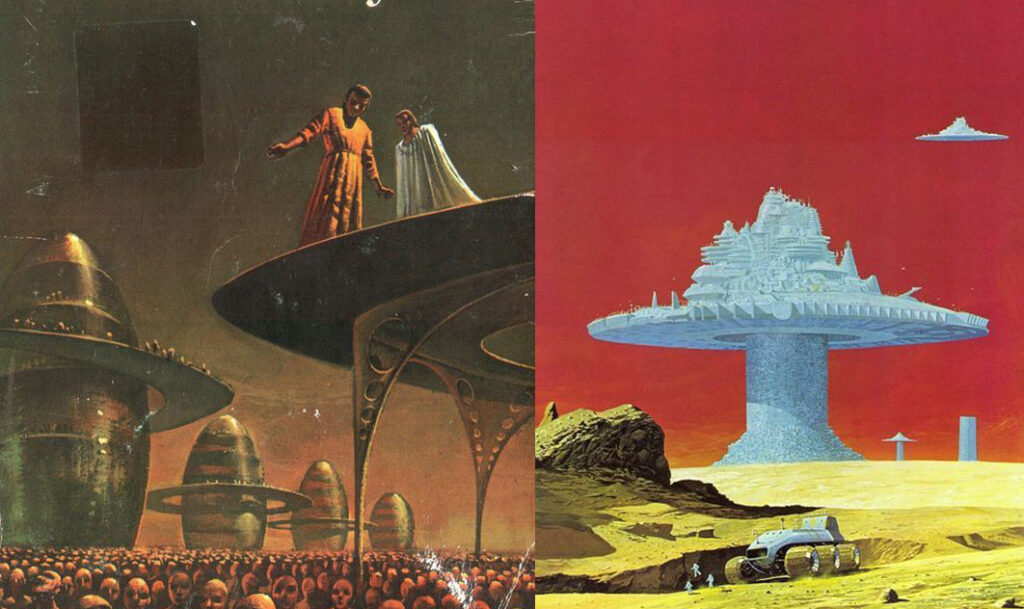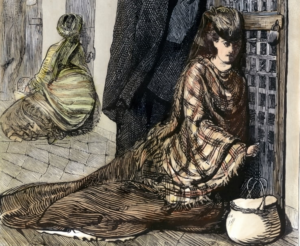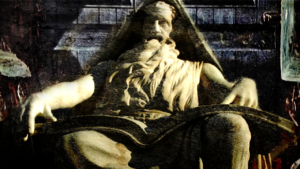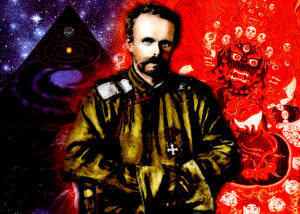The Inevitable Return of The Polis
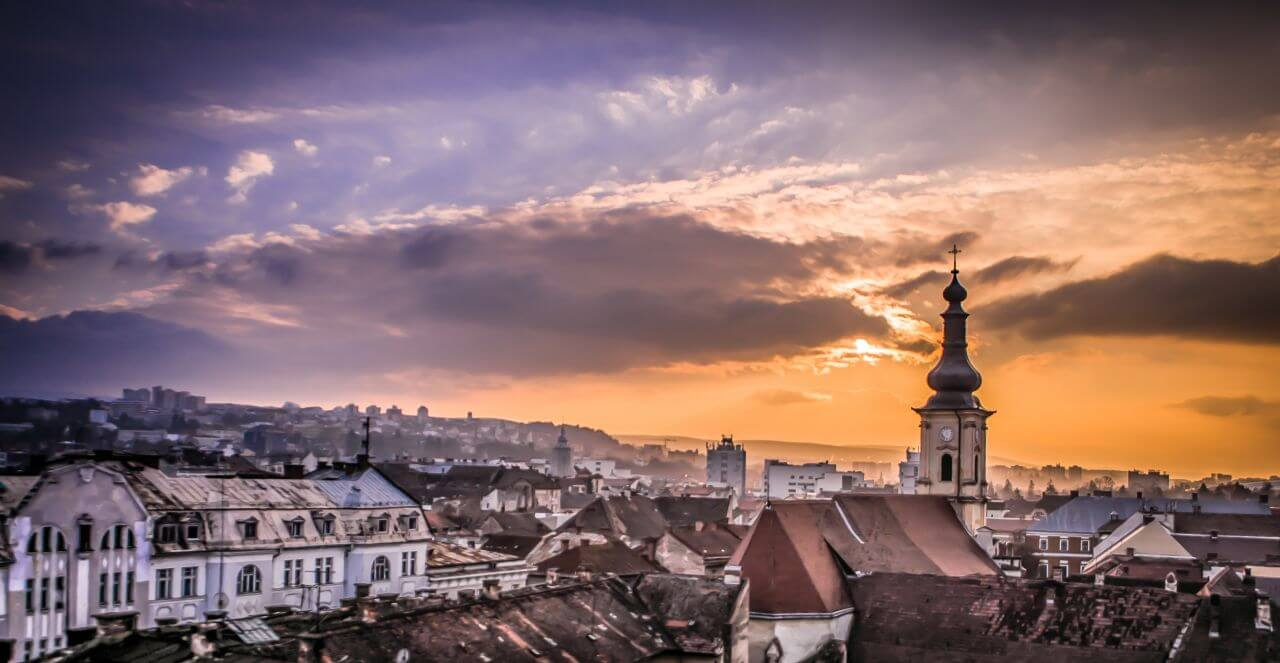
By Brendan Heard and Iásonas Lupus.
“It is more or less incontestable that the artistic production of medieval and renaissance Florence, with a population seventh that of contemporary Akron, Ohio, or a quarter of that of Croydon, was of greater value than that of the whole western world, with a population 7000 greater at least, for last seventy years.”
– Theodore Dalrymple
Choosing smaller and more fiercely individualized communities over larger, culturally uniform provinces feels like an evolutionary certainty, as it was once a mainstay of ancient times. A rising disparity in values and traditions make ‘rival outposts’ a likely and strange outcome of the insurance-salesman’s game of globalism, which professes to do the opposite. As such, it might be seen as a positive development. A parochial city state, one of many, is the naturally occurring human enclave of culture – a fertile petrie dish of unique systems. These varying citystates may inhabit regions which might be similar by common law, but wilfully exceptional, walled, introverted, and of self-intent, producing a creatively superior environment. The boundless, horizontal cancer-sprawl of urbanization would be forced to a minimum by the material reality of the wild badlands they will invariably become, in-between civlizational outposts. There will be a corporeal need for each polis to have a hard border wall and rules of differentiation, managed in a wholly different fashion than the urban outskirts of a modern city.
The institutions would be in close proximity to all inhabitants, and this exposes people to creative activity which encourages healthy social interactions within the polis. Having a sense of autonomous unity between these citizens increases the fortitude and free-thinking required for daringly creative pursuits. An atmosphere of innovation, free from what we have now (bureaucracies mandated by a distant, parasitical megapolitan).
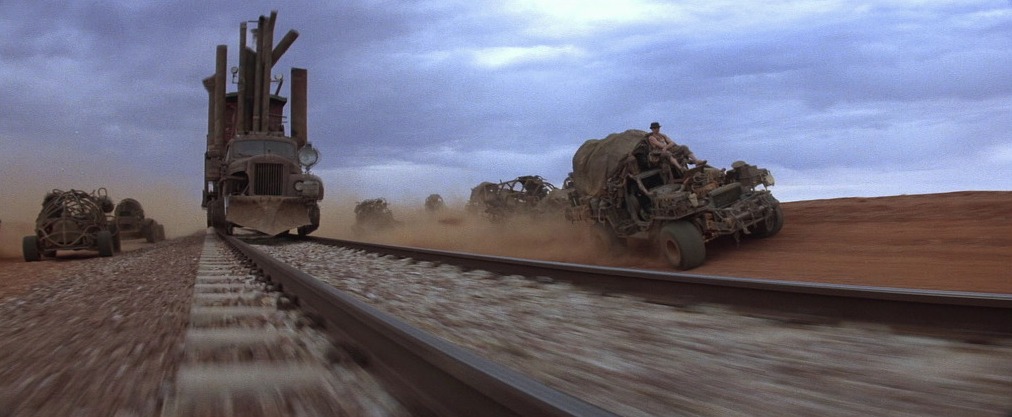
Rather than having the city-state designed around cars, citizens can use motorcycles and horses, and save cars for off-road explorations, and have armoured trains carrying travellers and freight across the badlands to friendly neighboring citystates. While the intermediate landscape might for a time still be a sort of ‘concrete jungle’, with only signs delineating one polis from another or the space between, over time the devastated and dangerous inter-urban hellscape will return to a genuine jungle.
As a city state’s population increases in size and density, it may be encouraged to colonize and settle in new regions and lands. Having large populations crammed into cities leads to a mass psychosis, a disintegration between communities, and a potential loss of decency. Without the centralized state, colonial endeavors can be opportunities to experiment with new cultural ideas and political organizations.
It is better to live dangerously, and be free, than to live in pure safety and comfort, and become enslaved by it. Danger and freedom provide opportunities for heroism and heroism leads to innovation. Modernity’s living leviathan denies heroic opportunities, offering only an illusory rat-race of ever-increasing comfort and safety. Those who are today all-consumed by this leviathan will find their genealogical future lies in the short-lived and brutish morass of the ‘urban wildlands’.
Forget unity! Everyone should divide by their deepest interests, and build walls around those interests. Mankind must regain this freedom to explore and create, even if our timeline-fate is confined within a darker yuga cycle.
In Italy for 30 years under the Borgias they had warfare, terror, murder, and bloodshed, but they produced Michelangelo, Leonardo da Vinci, and the Renaissance. In Switzerland they had brotherly love – they had 500 years of democracy and peace, and what did that produce? The cuckoo clock. See you later, Holly.
– Orson Welles, The Third Man
